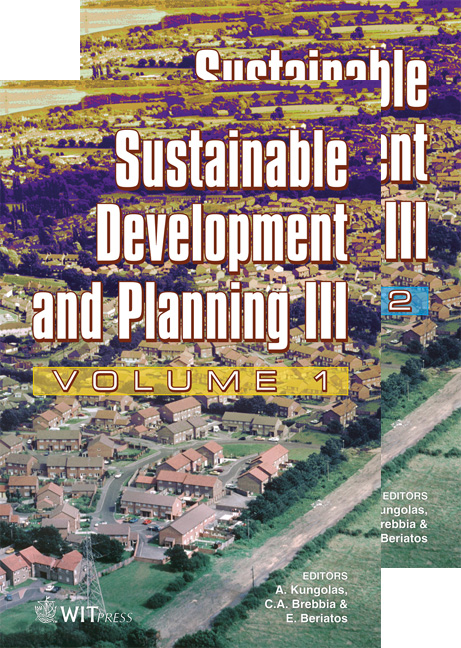Embodied Energy And Its Impact On Architectural Decisions
Price
Free (open access)
Transaction
Volume
102
Pages
9
Published
2007
Size
379 kb
Paper DOI
10.2495/SDP070361
Copyright
WIT Press
Author(s)
H. J. Holtzhausen
Abstract
When sustainability is the driving force in the creation of a building, specifiers and architects need additional knowledge to assist them in making decisions about the choice of building materials and the way in which they are used. This article brings together embodied energy values in different materials with a view to adjusting decisions made by specifiers and architects that will have the effect of extending the life of a building and increasing its environmental value. Embodied energy is the total non-renewable energy that goes into the manufacture of a material and plays a large role in the choice of building materials. It is an important factor to consider when assessing the life cycle of a building and it relates directly to the sustainability of the built environment. This paper examines embodied energy of the most dominant building materials/components such as cement, steel, and aluminium and assesses the source of the largest consumption of energy in the life cycle of the building material. Data is drawn from a variety of sources, mostly from the manufacturers’ data of the specific building materials to assess the biggest cause of energy consumption. Previously scattered information known in specific industries is brought together for the building industry. The compilation of information provided will assist in the making of informed decisions when considering a sustainable approach to the life cycle of a building. To ignore the importance of embodied energy when doing a Life Cycle Assessment, the building’s cost in the end could become very expensive because of the impact of maintenance and differential durability. With a little more planning to consider the life cycle and embodied energy of the materials used at the initial stage of creating a building, it could become far more sustainable. Keywords: embodied energy, Life Cycle Assessment.
Keywords
embodied energy, Life Cycle Assessment.





